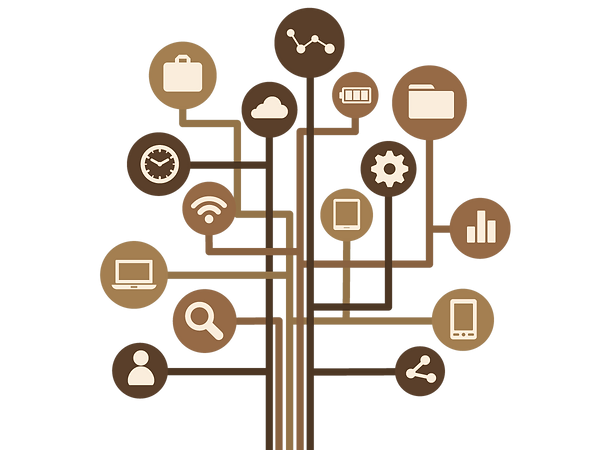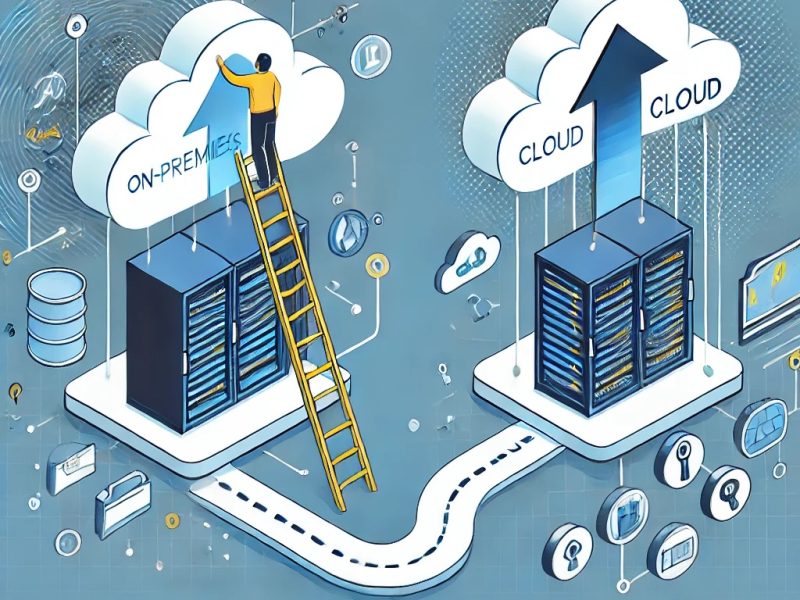As the digital age advances, data is quickly becoming the lifeblood of many organizations. Safeguarding this invaluable resource through server backups has never been more critical. In this post, we’ll explore the importance of a solid backup strategy, including the renowned 3-2-1 backup rule, and delve into different types of backups and disaster recovery solutions.
For more information on our backup and DR solutions, visit our website or get in touch with our team of experts at xByte Solutions. Let us help you design a backup strategy that fits your business’s unique needs and ensures your data’s safety and accessibility at all times.
The 3-2-1 Backup Rule: A Reliable Foundation for Data Protection
Imagine waking up one morning to find all your business data gone due to a cyber attack, hardware failure, or natural disaster. It’s a nightmare scenario for any organization, and it underscores the importance of a reliable backup strategy. A favored rule among IT professionals is the 3-2-1 backup rule, an approach designed to mitigate any data loss risk.
The 3-2-1 rule suggests that you should have:
- 3 total copies of your data.
- 2 of which are local but on different mediums (e.g., separate hard drives).
- 1 copy stored offsite, preferably in a secure cloud location.
By adhering to this rule, businesses can dramatically reduce the likelihood of data loss, ensuring business continuity and securing peace of mind.
Local vs. Cloud Backups: Both are Essential
Local Backups
A local backup involves storing data on local storage devices like external hard drives, servers, or NAS devices. The primary advantage of local backups is quick and easy access. In case of data loss or corruption, you can restore your data swiftly and get your business operations back up in no time. However, these backups are susceptible to physical damage, theft, or localized disasters, such as fire or flooding. This is where offsite, or cloud, backups come into play.
Cloud Backups
Cloud backups store your data offsite in the cloud – a network of servers hosted on the Internet. This method has several advantages. Firstly, your data is safe from physical harm or local disasters. Secondly, cloud backups are accessible from anywhere with an Internet connection, providing excellent flexibility. Finally, many cloud backup solutions, like Veeam Cloud Connect offered by xByte Solutions, allow for scalability as your data needs grow, making them a cost-effective solution.
However, reliance on Internet connectivity and potential security concerns make it crucial to consider a hybrid backup strategy, combining both local and cloud backups.
Disaster Recovery (DR) Options: Always-On vs. On-Demand
While backups are integral to your data protection strategy, they are just one part of the puzzle. To have a comprehensive data protection plan, businesses must incorporate a robust disaster recovery (DR) solution. Even with solid backup systems in place, you may not have the necessary hardware in place to restore your backup and data restoration can often take time especially when dealing with large volumes of data. In the event of a disaster, simply having access to your data isn’t enough. You need the ability to quickly get your systems and applications back up and running.
Always-On DR Solutions
Always-On Disaster Recovery (DR) solutions provide an exceptional level of resilience and data protection for organizations. They maintain an up-to-date replica of your entire IT environment, including your data, applications, and system configurations. This replica is ready to kick into action at a moment’s notice should your primary system go offline due to a disaster, error, or cyberattack.
- Minimize or even eliminate downtime. Because a live replica of your system is always available, the switchover process can often be automated and immediate, reducing the disruption to your business operations. This can be critical for businesses where continuous system availability is paramount.
- Robust data protection. Since data is continuously synchronized between your primary and backup systems, the risk of data loss in the event of a disaster is significantly reduced. The live replica also provides an added layer of protection against data corruption, hardware failures, and cyber threats.
Despite their benefits, Always-On DR solutions do come with considerations. They often require substantial investment in terms of resources and infrastructure, as you essentially need to maintain a duplicate of your entire IT environment. They can also be more complex to manage, requiring specialized skills and expertise.
On-Demand DR Solutions
On-Demand Disaster Recovery (DR) solutions, such as those offered by xByte, provide a cost-effective and practical approach to data recovery. As the name suggests, these services are activated only when disaster strikes, offering a balance between cost and recovery capabilities.
- Ease of restoration. A significant benefit of using xByte is that your backups exist on the same network as our cloud servers making the process of restoring your data and applications streamlined and simplified. There’s no need to transfer data across networks, which can often be a slow and error-prone process.
- Cost savings. Unlike always-on solutions, which require a constant investment in resources and infrastructure, on-demand solutions are paid for only when you need them. This can be an attractive option for businesses with tighter budgets or for those whose operations can tolerate a bit more downtime in the event of a disaster.
Balancing these factors can help you determine whether an always-on or on-demand DR solution fits your business needs. Remember, the goal is not just to protect your data, but also to align your disaster recovery strategy with your overall business objectives and financial plan. In summary, server backups are not just a good-to-have, but a must-have in today’s digital era. The 3-2-1 backup rule, a balanced approach between local and cloud backups, and a well-thought-out DR strategy can save businesses from the severe repercussions of data loss.
For help more information on how xByte can help with your backup and disaster recovery strategies, click on the button below.


